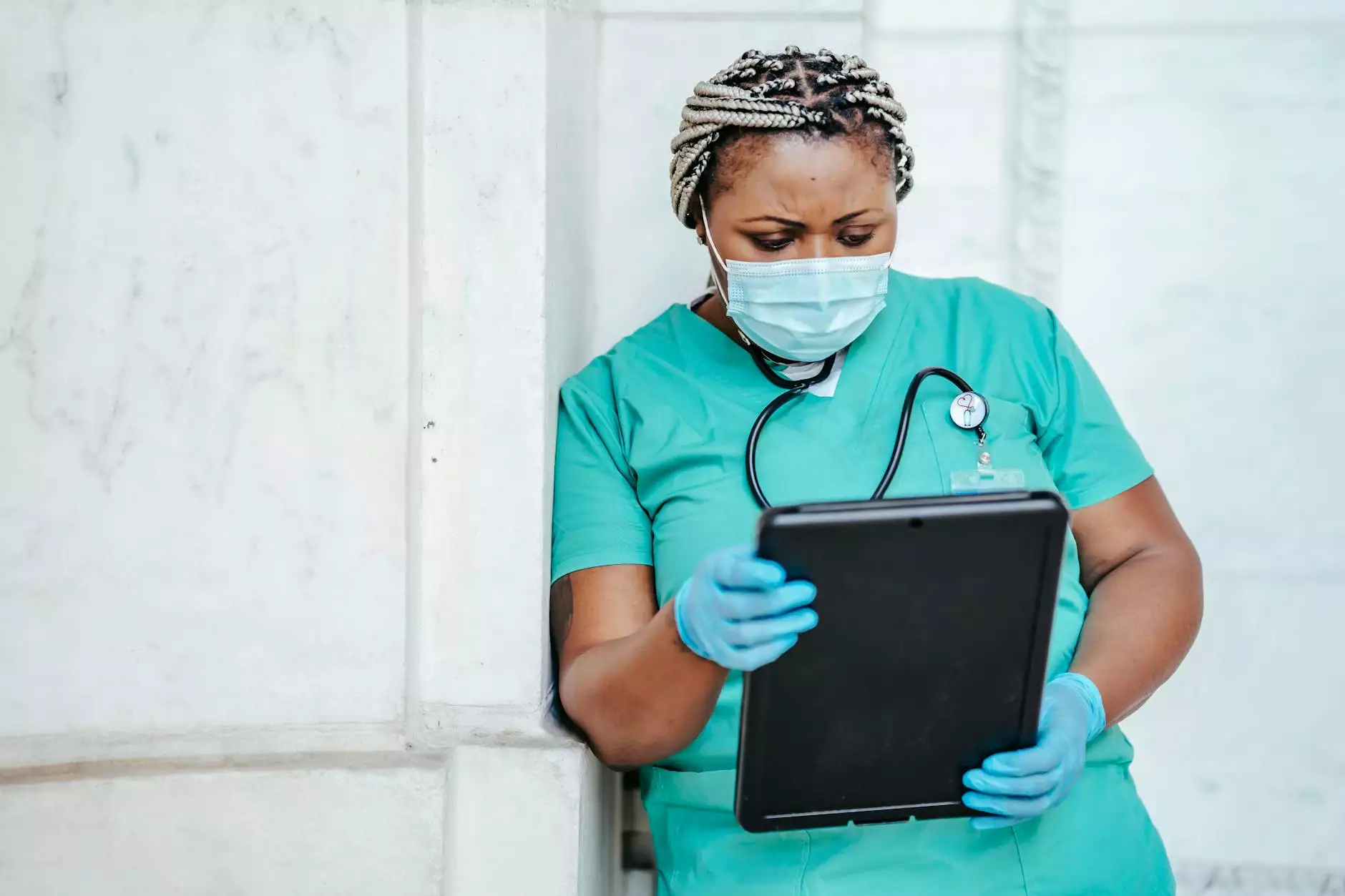Understanding Office Hysteroscopy: A Comprehensive Guide

In the ever-evolving landscape of women's health, office hysteroscopy emerges as a pivotal procedure that empowers both patients and doctors. This minimally invasive technique allows obstetricians and gynecologists to diagnose and treat various uterine conditions directly in the office setting, providing numerous benefits to women's healthcare. In this comprehensive guide, we delve into the intricacies of office hysteroscopy, its advantages, and the procedural steps involved.
What is Office Hysteroscopy?
Office hysteroscopy is a diagnostic and therapeutic procedure that involves inserting a thin, lighted tube known as a hysteroscope into the uterus through the vaginal canal. This procedure is typically performed in an office setting rather than an operating room, making it more accessible for patients. The hysteroscope allows doctors to visualize the uterine cavity in real-time, enabling them to diagnose conditions such as:
- Uterine polyps
- Fibroids
- Uterine abnormalities
- Endometrial hyperplasia
- Intrauterine adhesions (Asherman’s syndrome)
Benefits of Office Hysteroscopy
The benefits of office hysteroscopy are numerous, providing patients with a range of advantages compared to traditional surgical options. Some of the most significant benefits include:
1. Minimally Invasive
One of the primary advantages of office hysteroscopy is that it is minimally invasive. Patients can undergo the procedure without the need for general anesthesia, which significantly reduces recovery time and potential surgical risks.
2. Reduced Recovery Time
Patients often experience minimal discomfort and can return to their daily activities much sooner than with conventional surgical methods. Most women can resume normal activities within a day or two.
3. Immediate Results
During an office hysteroscopy, if any abnormalities are identified, they can often be treated immediately. This eliminates the need for multiple visits and prolongs the treatment timeline.
4. Enhanced Visualization
The hysteroscope provides high-definition images of the uterine cavity, allowing for precise diagnostics and targeted treatment. This enhanced visualization helps improve patient outcomes.
5. Cost-Effective
Conducting hysteroscopy in the office can significantly reduce overall costs related to hospital stays and surgical procedures. This makes it a more affordable option for many patients.
The Procedure: What to Expect
Understanding the steps involved in office hysteroscopy can help alleviate any concerns or anxiety about the procedure. When you arrive for your appointment, here’s what you can typically expect:
1. Pre-Procedure Preparation
Prior to the procedure, patients may be instructed to avoid certain medications, such as anticoagulants, that could increase the risk of bleeding. It’s essential to have an open dialogue with your doctor about your medical history and any concerns you may have.
2. Anesthesia and Comfort Measures
While general anesthesia is not usually required, some practices may offer local anesthesia or sedation to ensure the patient is comfortable. Your healthcare provider will discuss the best approach for your situation.
3. Insertion of the Hysteroscope
The doctor will gently insert the hysteroscope through the vaginal canal and into the uterus. A saline solution is often used to expand the uterine cavity, providing a clearer view.
4. Visualization and Assessment
As the doctor examines the uterine lining, they can identify any abnormalities. If any issues are detected, such as polyps or fibroids, they can often be treated during the same procedure.
5. Post-Procedure Care
Following the office hysteroscopy, patients may experience mild cramping or spotting, which is common and generally subsides quickly. Your doctor will provide aftercare instructions and guidelines for follow-up visits.
Common Conditions Diagnosed and Treated with Office Hysteroscopy
Office hysteroscopy is a versatile tool in the hands of gynecologists. Below are some common conditions that can be effectively diagnosed and treated through this procedure:
1. Uterine Polyps
Uterine polyps are growths on the inner wall of the uterus that can result in irregular bleeding. Office hysteroscopy allows for direct visualization and can usually remove these polyps during the same visit.
2. Fibroids
Fibroids are benign tumors in the uterus that can cause pain and heavy menstrual bleeding. Various techniques, including hysteroscopic myomectomy, can address fibroids effectively.
3. Intrauterine Adhesions
Conditions like Asherman’s syndrome, characterized by the formation of scar tissue within the uterus, can hinder fertility and cause menstrual irregularities. Hysteroscopy can assist in diagnosing and treating these adhesions.
Risks and Considerations
While office hysteroscopy is generally safe, like any medical procedure, it is not without risks. Some potential risks include:
- Infection
- Bleeding
- Uterine perforation (very rare)
- Adverse reactions to anesthesia
It’s crucial for patients to discuss these risks with their healthcare provider and ensure that they understand the benefits compared to potential complications.
Who Should Consider Office Hysteroscopy?
Office hysteroscopy is suitable for a wide range of patients, especially those experiencing:
- Abnormal uterine bleeding
- Infertility issues
- Pelvic pain
- Uterine anomalies
Women considering this procedure should consult with their gynecologist to determine if it is appropriate for their specific condition.
Conclusion
In conclusion, office hysteroscopy represents a significant advancement in the field of women's health. By offering a minimally invasive, efficient, and cost-effective alternative to traditional surgical methods, it allows for better diagnostic accuracy and treatment accessibility. As healthcare continues to evolve, procedures like office hysteroscopy stand out for their ability to empower patients and enhance overall care. If you are experiencing symptoms related to uterine health, consult a qualified healthcare provider who specializes in obstetrics and gynecology to discuss the potential benefits of office hysteroscopy.
For more information on office hysteroscopy and other women's health services, you can visit drseckin.com.









